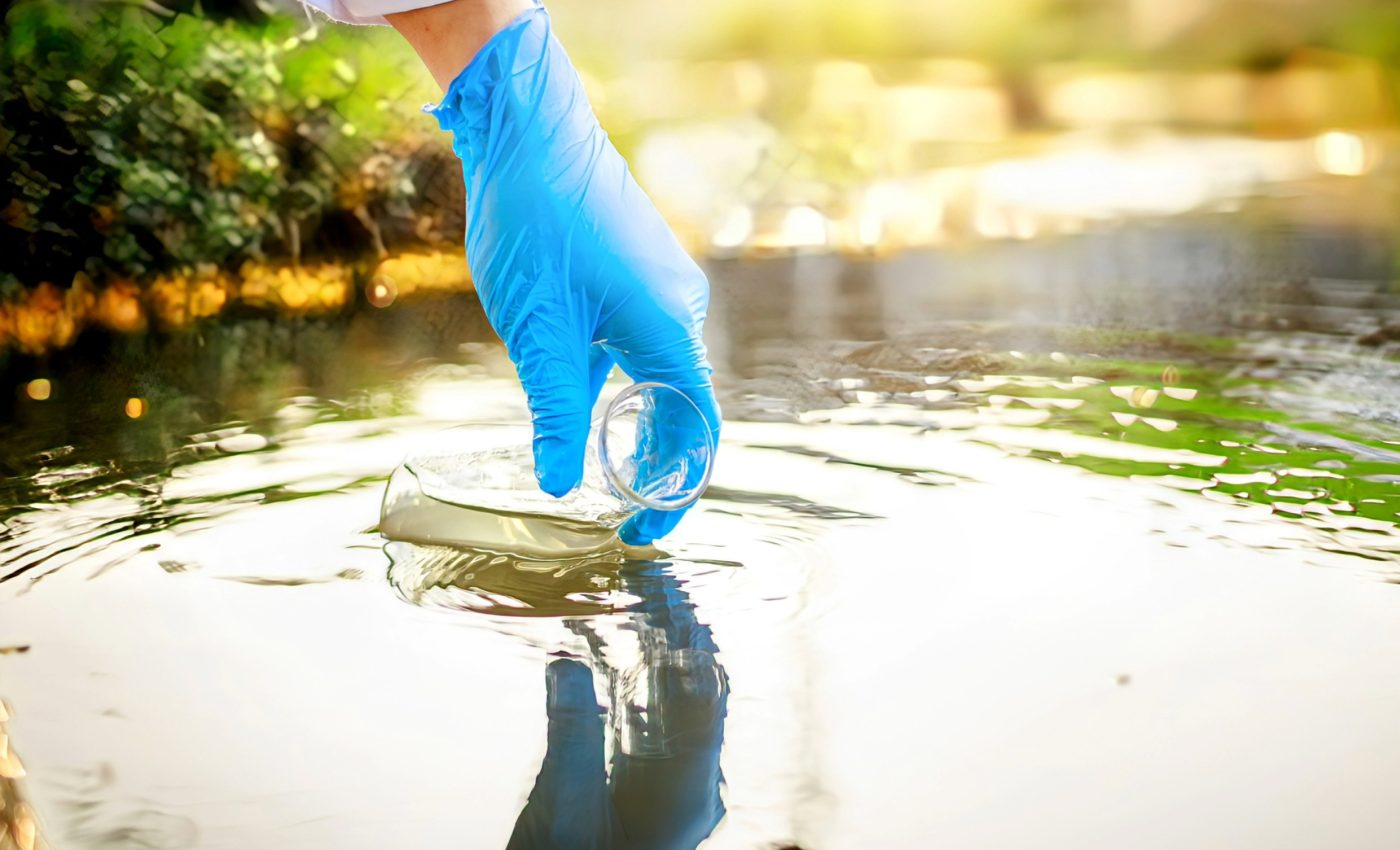
Wastewater holds the key to early disease detection
The analysis of wastewater, or “wastewater surveillance” as it is commonly known, was first used in the 1940s as a tool to monitor polio. In more recent years, wastewater surveillance has become a comprehensive disease monitoring tool.
In fact, the U.S. Centers for Disease Control and Prevention (CDC) saw its potential and established the National Wastewater Surveillance System in September 2020, primarily to support monitoring efforts related to SARS-CoV-2.
Detecting foodborne pathogens
Now, researchers from Penn State University and the Pennsylvania Department of Health have demonstrated another promising application for this surveillance tool.
The research, published in the Journal of Clinical Microbiology, shows that wastewater monitoring can detect foodborne pathogens such as Salmonella enterica.
This discovery stems from samples collected at two wastewater treatment plants in Central Pennsylvania in June 2022.
From polio to salmonella
“Non-typhoidal Salmonella is a common cause of gastroenteritis worldwide, but current surveillance for the disease is suboptimal,” explained Nkuchia M’ikanatha, lead epidemiologist at the Pennsylvania Department of Health.
“In this research, we evaluated the utility of wastewater monitoring to enhance surveillance for this foodborne pathogen.”
Wastewater testing can detect traces of infectious diseases circulating in a community, even in asymptomatic individuals, offering an early warning system for potential outbreaks.
Ineffective detection of Salmonella outbreaks
Although healthcare providers are required to report cases of salmonellosis, many go unreported.
“In the United States, reporting relies heavily on healthcare professionals and laboratories, yet underreporting, incomplete data, and limited resources hinder the effective detection of outbreaks,” noted the researchers.
Statistically, the CDC estimates that Salmonella causes around 1.35 million infections, 26,500 hospitalizations, and 420 deaths annually in the U.S. – primarily through contaminated food.
The power of wastewater surveillance
The study involved testing sewage samples collected twice weekly from two treatment plants for non-typhoidal Salmonella. Using whole genome sequencing, the researchers recovered 43 Salmonella isolates, grouped into seven serovars.
Notably, 20% of these isolates belonged to a rare type of Salmonella called Baildon, which had been associated with a local outbreak in the same period.
“Using whole genome sequencing, we showed that isolates of variant Salmonella Baildon clustered with those from an outbreak that occurred in a similar time frame,” M’ikanatha noted.
The study revealed a genetic match between the Salmonella found in the wastewater and isolates from a patient involved in the outbreak, highlighting the potential for wastewater monitoring to supplement traditional surveillance methods.
The potential of wastewater monitoring
Ed Dudley, senior author of the study and professor of food science at Penn State University, emphasized the significance of the research.
“These results demonstrate the potential of wastewater monitoring as an early warning system for foodborne disease outbreaks, possibly even before physicians or labs report cases.”
Dudley, who also directs Penn State’s E. coli Reference Center, envisions a future where most wastewater treatment plants regularly contribute samples to monitor a variety of illnesses.
“While it may not happen overnight, I foresee collaboration among public health agencies, academia, and federal entities, much like in our pilot study. This is one of the many crucial lessons we’ve learned from the pandemic,” said Dudley.
Beyond salmonella detection
While the current study highlights Salmonella detection, wastewater surveillance holds promise for identifying a wide range of pathogens beyond foodborne illnesses.
This technology could be applied to track other infectious diseases, antibiotic-resistant bacteria, and even emerging viruses.
Wastewater monitoring has already proven effective during the COVID-19 pandemic, providing early signals of viral spikes within communities.
As the approach continues to develop, its applications are likely to extend to various health concerns, including antibiotic resistance and seasonal influenza.
Additional applications of wastewater surveillance
The infrastructure used for wastewater monitoring could also be adapted for environmental applications.
For example, this method could potentially be used to detect industrial pollutants, pharmaceutical residues, or environmental contaminants like PFAS (per- and polyfluoroalkyl substances).
As the scope of wastewater surveillance widens, collaboration between public health agencies, research institutions, and industry becomes increasingly essential.
By leveraging data from sewage samples, scientists could help inform public health responses, food safety protocols, and environmental protection efforts.
The study is published in the Journal of Clinical Microbiology.
—–
Like what you read? Subscribe to our newsletter for engaging articles, exclusive content, and the latest updates.
Check us out on EarthSnap, a free app brought to you by Eric Ralls and Earth.com.
—–













